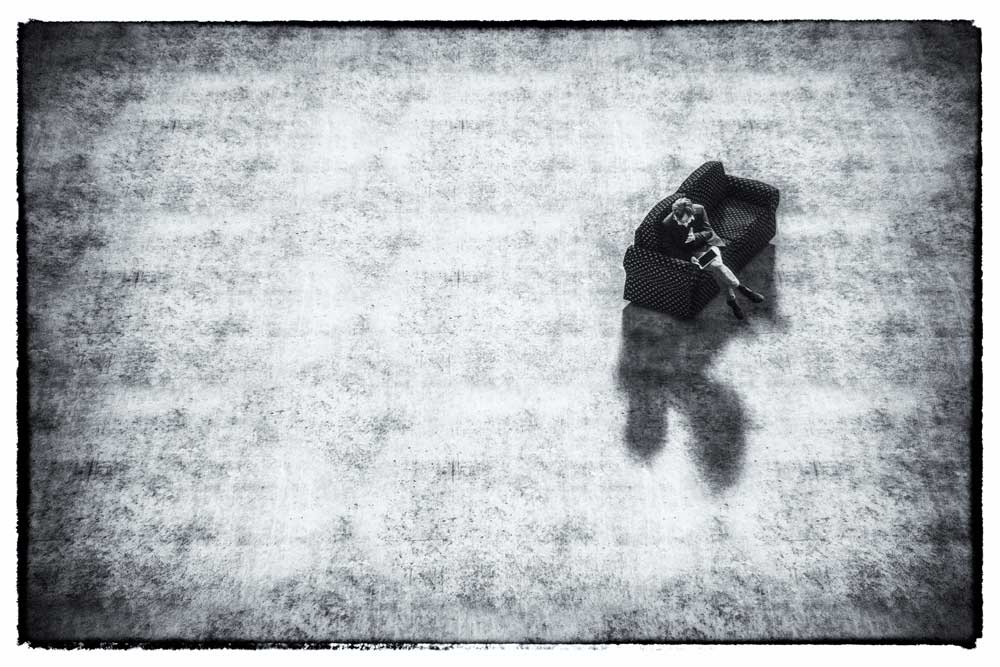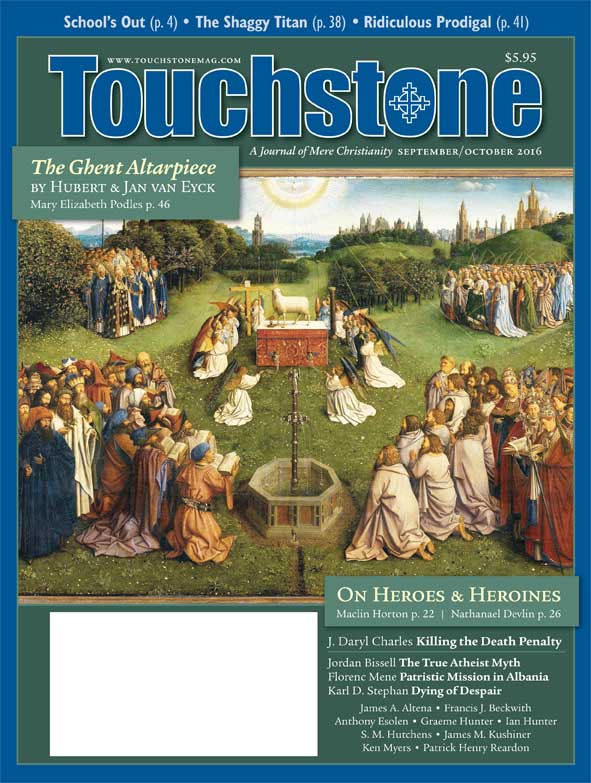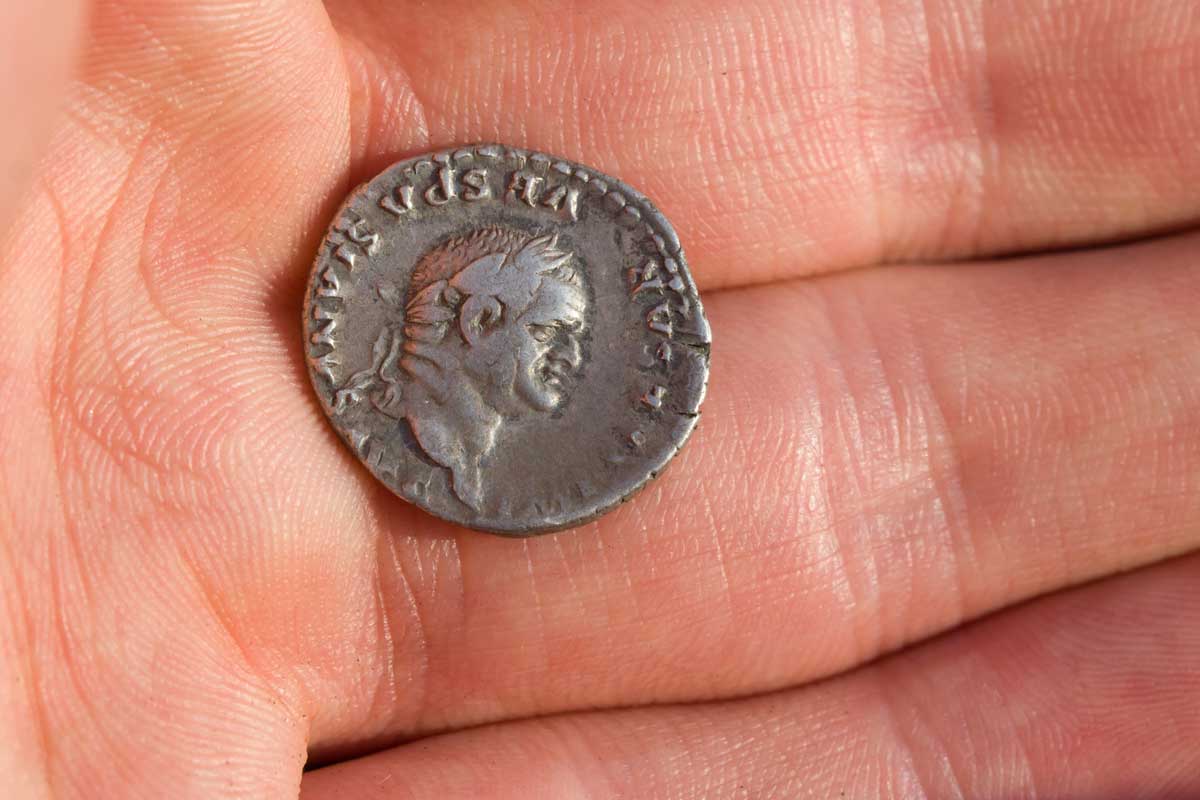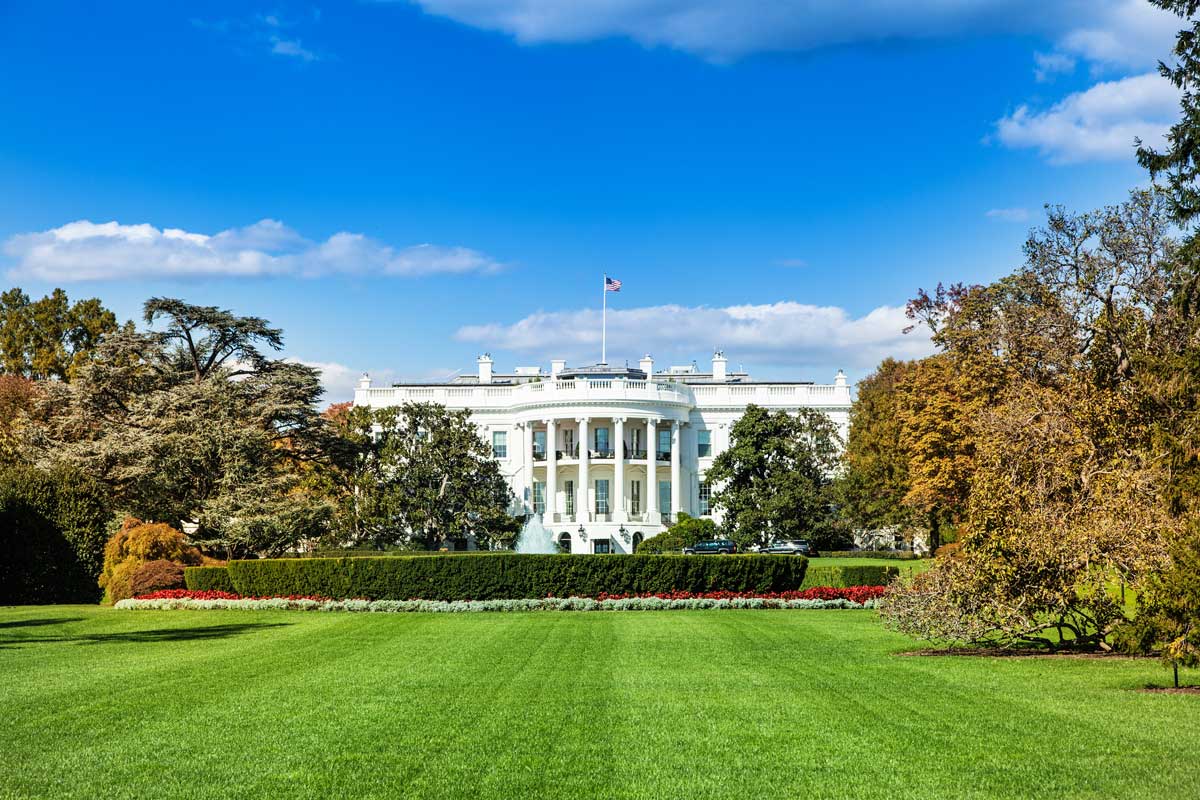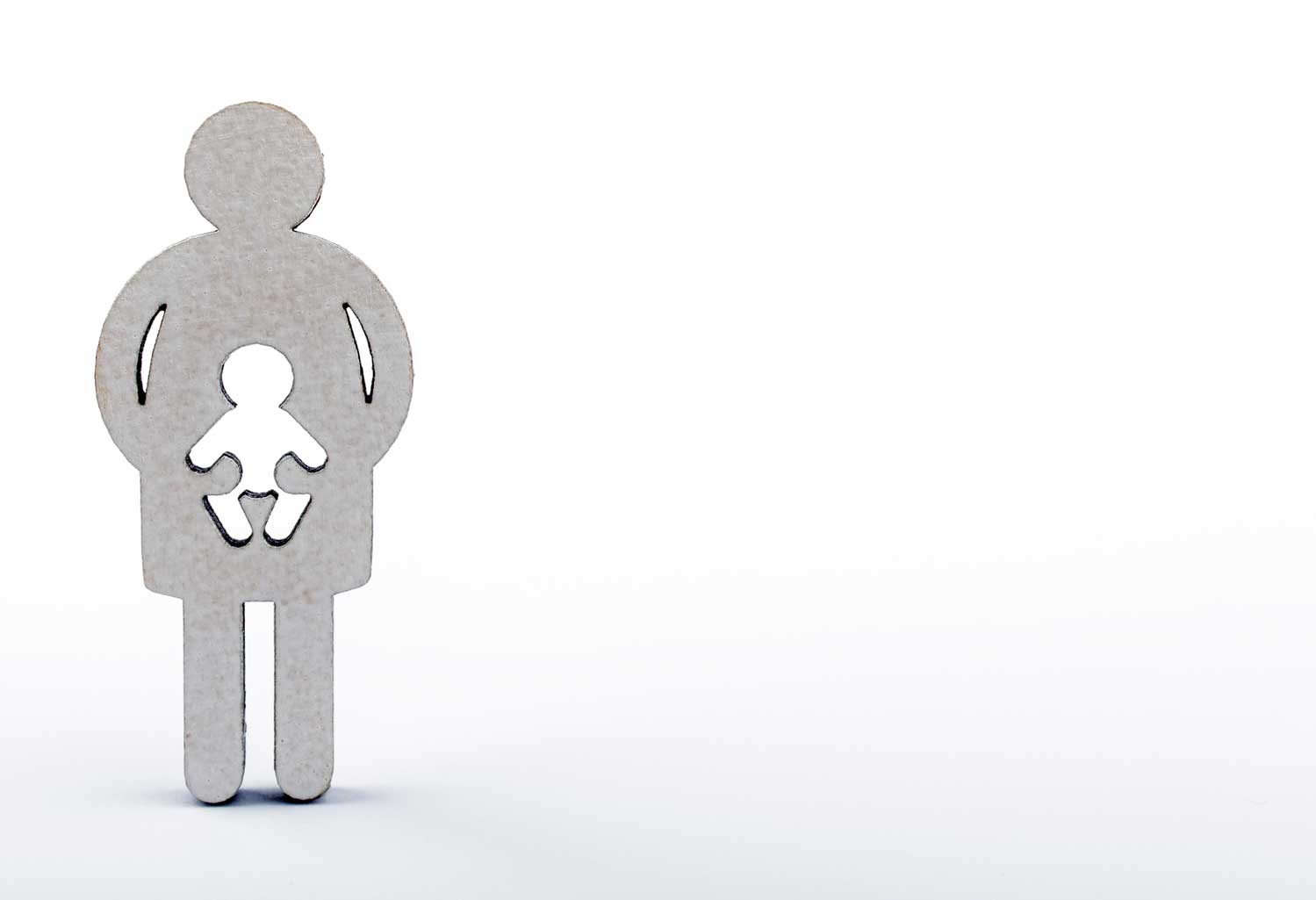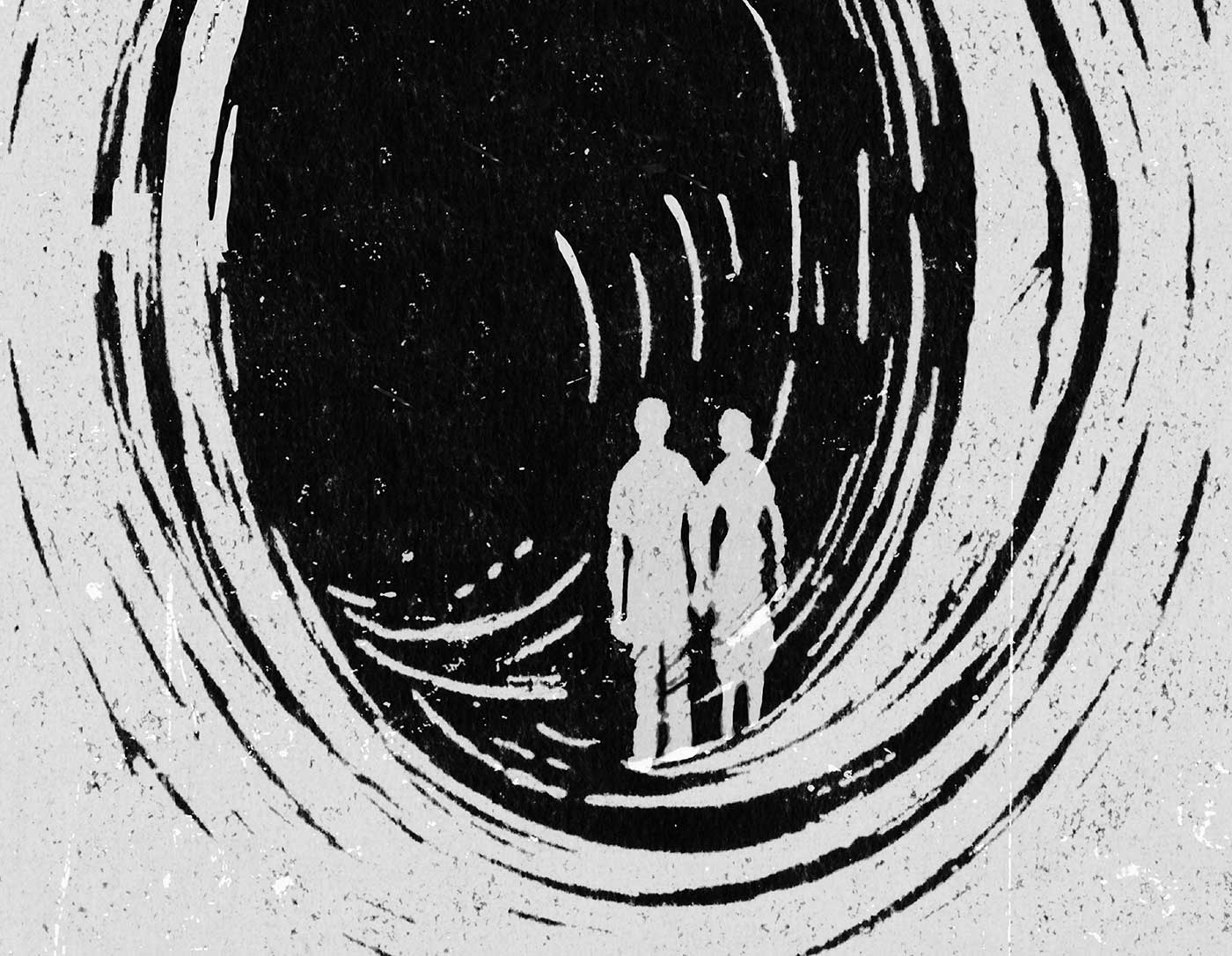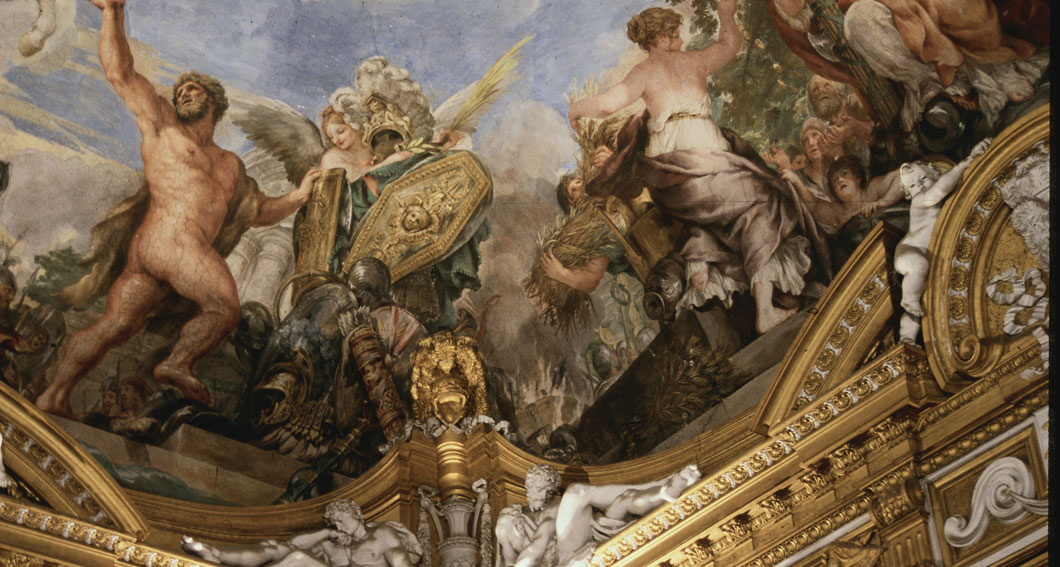View
Dying of Despair
on the Loss of True Community & Rising Political Desperation
As I write this in February, Donald Trump is exulting in his wins in the South Carolina and Nevada Republican primaries and his current status as GOP front-runner. While I do not personally support Trump, if I were a white non-Hispanic between the ages of 45 and 54 with a high-school education or less, I'd probably be thrilled. Several exit polls and surveys have pointed out that this demographic group forms the core of Trump supporters. There is another remarkable thing about this same group: from 1999 to 2014, the number of deaths per year rose among them by nearly 50 percent, from 281 per 100,000 in 1999 to 415 per 100,000 in 2014. The mortality rate for this section of the U.S. population is approaching the tragically high rate for middle-aged blacks that has held steady at about 580 per 100,000 for some time.
These mortality statistics have been available for years, but they only garnered widespread media attention when Princeton economist Angus Deaton and his wife Anne Case published a paper containing this news in the Proceedings of the National Academy of Sciences (available at pnas.org/content/112/49/15078.full.pdf) last December. Perhaps because of Deaton's prominence—he won the 2015 Nobel Prize in economics—mainstream news outlets like the New York Times, as well as various academics, published their own pieces on why members of this particular group are dying at such significantly higher rates than they did a mere decade and a half ago. In their paper, Deaton and Case cite suicides and deaths stemming from drug overdoses and alcoholism as accounting for much of the increase.
Sometimes it helps to look at a contrasting situation to understand the reasons why something has gone wrong. If things are going so badly for less-educated, middle-aged white men and women in the U.S. today, when and where have things gone especially right for such people? It turns out that there's a good answer to this question: in Roseto, Pennsylvania, between 1954 and 1961.
The Roseto Effect
In 1961, Dr. Stewart Wolf, then head of the Department of Medicine at the University of Oklahoma, met a doctor from Roseto. The small-town physician had a puzzle for Dr. Wolf. For the previous seven years—from 1954 to 1961—the rate of heart attacks in Roseto among middle-aged people was vanishingly small. And this was despite the fact that the mostly Italian residents of the town did not practice what were regarded as healthy eating habits even in the 1950s, neither were they particularly well off, nor were there any other objective material factors the doctor could cite that might account for their unusually good health.
Dr. Wolf was intrigued and set about to investigate the puzzle. In 1964 he published his findings in the Journal of the American Medical Association. In that study, he confirmed what the small-town physician had told him: that the people of Roseto did not differ significantly from members of the surrounding communities in terms of diet, exercise, occupations, or genetics—the usual factors that affect rates of heart disease.
But Dr. Wolf also found something quite striking: the residents of Roseto formed a phenomenally close-knit community. Most were immigrants from Italy, and their town was surrounded by other ethnic communities, mainly Welsh and German, that regarded the Italians with disdain. Accordingly, the immigrants decided to re-create a little Italy of their own. The Roman Catholic church became a sort of civic center for them, with most of the children of the community attending its parochial school. All sorts of charitable and social clubs were formed—volunteer bands, good-works societies—and a sort of economic leveling prevailed. No one had a much bigger house than anyone else, and Dr. Wolf found a high degree of uniformity among the populace expressed in many other ways. For example, everyone tended to have the same kind of food on the same day of the week—spaghetti on Tuesdays and lasagna on Wednesdays. The family and social structures were very traditional, and every resident of Roseto knew his place within them. There was enough work at the local slate quarry and at the clothing and apparel factories to allow everyone who wanted a job to have one—and nearly everyone did.
Dr. Wolf concluded that the key to Roseto's low heart-attack rate was the social matrix that integrated each person—fathers, mothers, children, grandparents (many households had three generations in residence)—into a round of work, play, and rest that most people today would find insufferably rigid. But it was predictable. Hardly anyone in Roseto got up in the morning wondering what he would do with the rest of his life and whether or not he would succeed. Success came in small ways every day—in a job well done, in a meal well cooked, in a school day finished.
Normally, the rate of heart attacks begins to rise as people enter middle age, and one would have expected heart disease to be endemic among the middle-aged Italians of Roseto in the 1950s, most of whom had no more than a high-school education. But it wasn't, and Dr. Wolf's paper led to the phenomenon he discovered being called the "Roseto effect": the health benefits that can accrue from such non-material causes as strong social ties and a confidence about one's place in the world. These can have a greater positive influence on physical health than the usual material factors considered by doctors.
A Troubled Life
In their paper, Deaton and Case describe a situation that could be called the anti-Roseto effect. Just as it took Dr. Wolf's digging in unexpected places to turn up the roots of the Roseto effect, it would take a lot of work to delineate the tangible and intangible causes of the anti-Roseto effect, which is killing our fellow citizens at a rate comparable to that of a communicable disease. Nevertheless, I think I can supply a few clues as to where to look.
The atoms that made up the social structure during Roseto's golden age were families. The original meaning of "atom" is "that which cannot be divided," and while I do not have statistics on divorce rates specifically for Roseto, it is likely that the strongly Catholic community had a rate that was even lower in, say, 1958, than in the rest of the country, when it was one divorce for every 100 married women.
Contrast that environment with the one commonly experienced by members of the demographic group studied by Deaton and Case. Let's look at a hypothetical but typical case, a 49-year-old man we'll call Will. He was born during the social turmoil of the 1960s and grew up in a broken home during the rudderless 1970s, graduating from high school in 1985.
For one reason or another, Will did not pursue a college degree. Without it, despite the boom of the Reagan years, he was unable to find steady work such as the factory job his mother had. Without a good job, he was reluctant to make a long-term commitment such as marriage, and so, as an adult, both his working life and his personal life have consisted of a series of brief encounters, lit by flickers of hope in the beginning but turning into disappointment and pain later on.
He turned to alcohol to ease his pain—both the mental pain of depression and discouragement, and the physical pain brought on by hard working conditions in those jobs he did manage to find—and it helped somewhat. But his chronic back pain became so severe that he eventually went to a doctor for treatment. Unfortunately, the doctor was too generous with oxycodone prescriptions, and now Will has a prescription-drug habit that overshadows everything else.
So he lives by himself in a small apartment and sees no one other than his restaurant-job coworkers, all considerably younger than he. If he died, he's not sure that anyone would care one way or the other. Several of his high-school classmates have died already, a few by suicide. In dark moments, Will has considered this option himself.
The Ministry of Celebrate Recovery
The solutions put forth by political liberals to the problems that the Wills of this world are having include things like job-retraining programs, job-security protections, and mandated worker benefits. These things may help those who have the motivation or ability to take advantage of them, but they don't get at the root of the problem. What people like Will need most is something the government cannot give them: the support of loving local community members who understand, because they have suffered similar trials themselves and have gotten through them successfully.
Christians are to be known by their love. Along with the increase in the number of deaths caused by self-destructive behavior among less-educated, middle-aged whites has come a growth trend of a different kind: the spread of a Christ-oriented self-help program called Celebrate Recovery, or CR, as its adherents refer to it. John Baker, a pastor at Rick Warren's Saddleback Church in Lake Forest, California, modeled Celebrate Recovery on well-known twelve-step programs such as Alcoholics Anonymous. But unlike AA, the CR program makes no secret about the nature of the Higher Power it relies upon. While CR participants are not required to sign a statement of faith, the program's literature is filled with quotations from Scripture. From its beginnings in 1991, CR has spread to thousands of churches, prisons, and other institutions in the U.S. and abroad, and as of 2012 some 22,000 ministry groups reportedly operate under the CR banner.
While I am not aware of any systematic, scholarly studies of CR's effectiveness, the websites of its ministry groups are filled with testimonies of members who have, with God's help, overcome exactly the kinds of problems that Deaton and Case cite as the main causes of the increased death rate they studied: alcoholism, drug addiction, depression, and relationship problems. I attended CR meetings myself for a year, and during that time I met people who at one time seemed fated to become one of the statistics resulting in that death rate. But then someone invited them to come to a CR meeting, and their lives were transformed.
One of CR's policies is to invite those who have benefited from the program to become volunteer leaders. This opportunity provides people who have been on the fringes of society with a role that brings them both responsibility and a measure of respect. They gain the self-respect that comes from contributing usefully to the well-being of others, and also the respect of their peers—something so needed and yet lacking in a culture in which economic status seems to take precedence over all other values.
Time to Help
Will CR alone reverse the trend of increasing mortality for middle-aged, less-educated whites? Probably not. Can Donald Trump reverse it if he gets to the White House? That is even less likely. The mini-paradise that was 1950s Roseto wasn't planned. A number of unrepeatable historical currents converged to create it, including the postwar U.S. economic boom, and the forced isolation of a homogeneous group of immigrants by its surrounding communities. And certainly nobody planned to make life in the U.S. since 2000 so bad for less-educated, middle-aged whites that many of them would resort to alcohol, drug abuse, and suicide. Nevertheless, we now have millions of people in the U.S. who are so disaffected that they support a candidate whom they would have rejected as a demagogue a decade or two ago.
Unsettling as they are, the events surrounding the presidential campaigns reflect at a national level what has been going on at a personal level among many whose work and family lives appear, at best, to be a mere echo of the American dream. Trump seems to cut through the crap to tell it like it is. Unfortunately, just telling it like it is doesn't make things better, although it can be a first step toward a solution, especially if no one else even admits that there's a problem. But faith-based grassroots efforts such as CR have helped many people rejoin society on a basis that is firmer and more solid than that of any political agenda: the basis of faith in Christ.
Our fellow citizens—our neighbors—are dying of despair. Christians have always been known for their selfless response to those in need. Now that we know about the needs of those dying in our midst, it's time to help them. •
subscription options
Order
Print/Online Subscription

Get six issues (one year) of Touchstone PLUS full online access including pdf downloads for only $39.95. That's only $3.34 per month!
Order
Online Only
Subscription

Get a one-year full-access subscription to the Touchstone online archives for only $19.95. That's only $1.66 per month!
bulk subscriptions
Order Touchstone subscriptions in bulk and save $10 per sub! Each subscription includes 6 issues of Touchstone plus full online access to touchstonemag.com—including archives, videos, and pdf downloads of recent issues for only $29.95 each! Great for churches or study groups.
Transactions will be processed on a secure server.
more on politics from the online archives
more from the online archives
calling all readers
Please Donate
"There are magazines worth reading but few worth saving . . . Touchstone is just such a magazine."
—Alice von Hildebrand
"Here we do not concede one square millimeter of territory to falsehood, folly, contemporary sentimentality, or fashion. We speak the truth, and let God be our judge. . . . Touchstone is the one committedly Christian conservative journal."
—Anthony Esolen, Touchstone senior editor





